The 'Squid Game' Games Are Based on Real-Life Children's Games
The Korean and international games have taken over social media.

The hit Netflix series Squid Game is billed as a dystopian Korean drama—but the "games" of Squid Game are based on real-life kids' games, and force the characters to return to their childhoods to guess what might be coming up next. Creator Hwang Dong-hyuk told Variety that he took inspiration from the games he played in his own childhood, and kept the rules simple so that the show could focus on the characters. "The games portrayed are extremely simple and easy to understand," he told Variety. "That allows viewers to focus on the characters, rather than being distracted by trying to interpret the rules."
If bingeing Squid Game has made you curious about the children's "games" at the heart of the series, here's what we know about the different rounds and their real-life versions.
Recruiter Round: Ddakji
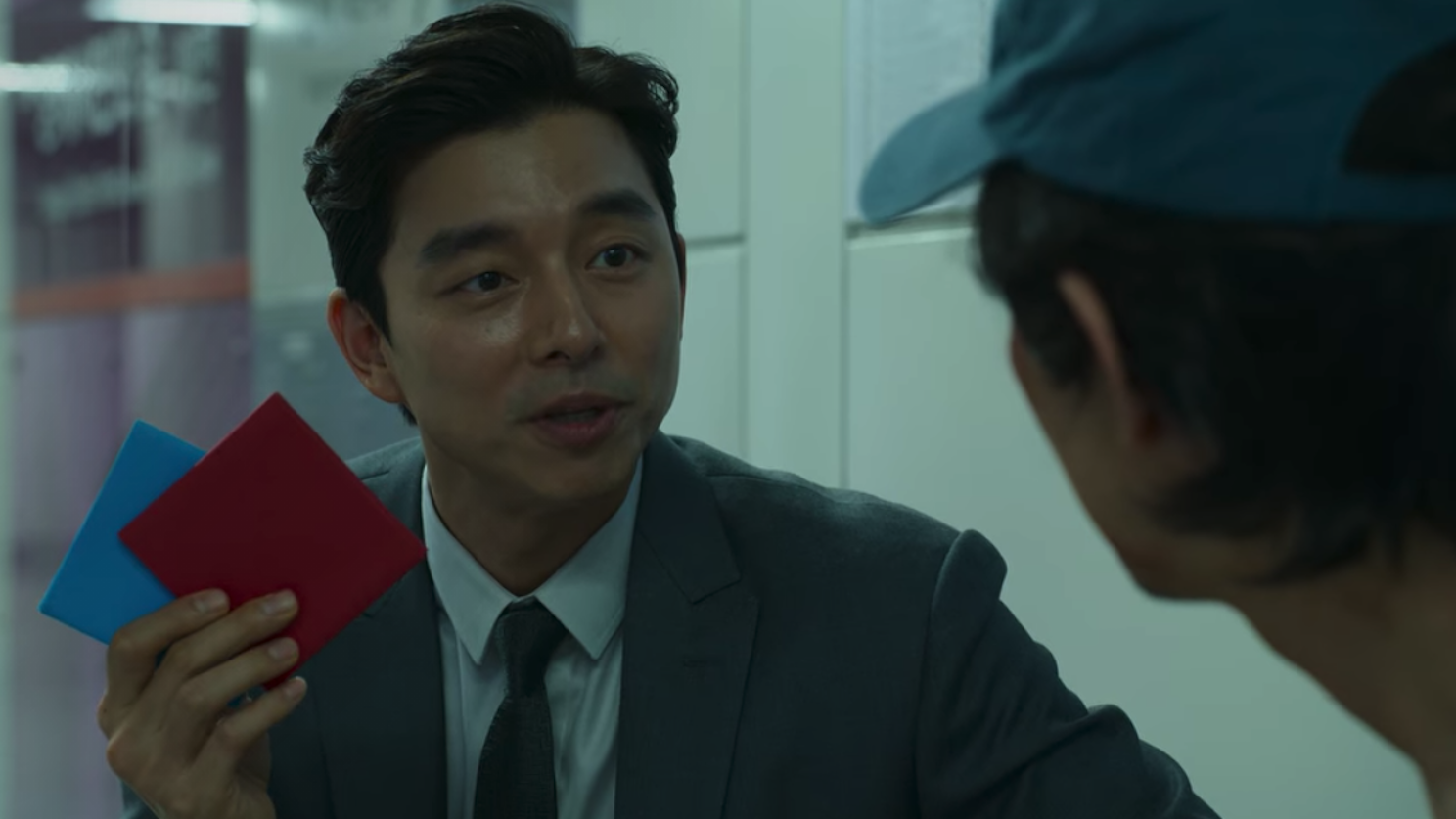
The show starts off with the traditional Korean game ddakji, also called ttakji, which is similar to the American '90s game Pog. Played with two tiles, the goal of the schoolyard game is to flip one tile, laying on the ground, by slamming it with the other. To flip the tile, you have to throw the other at a specific strength and angle, which usually takes practice. Though some ddakji tiles are made of rubber, you can also make the tiles is multiple sheets of square origami paper.
Round 1: Red Light, Green Light
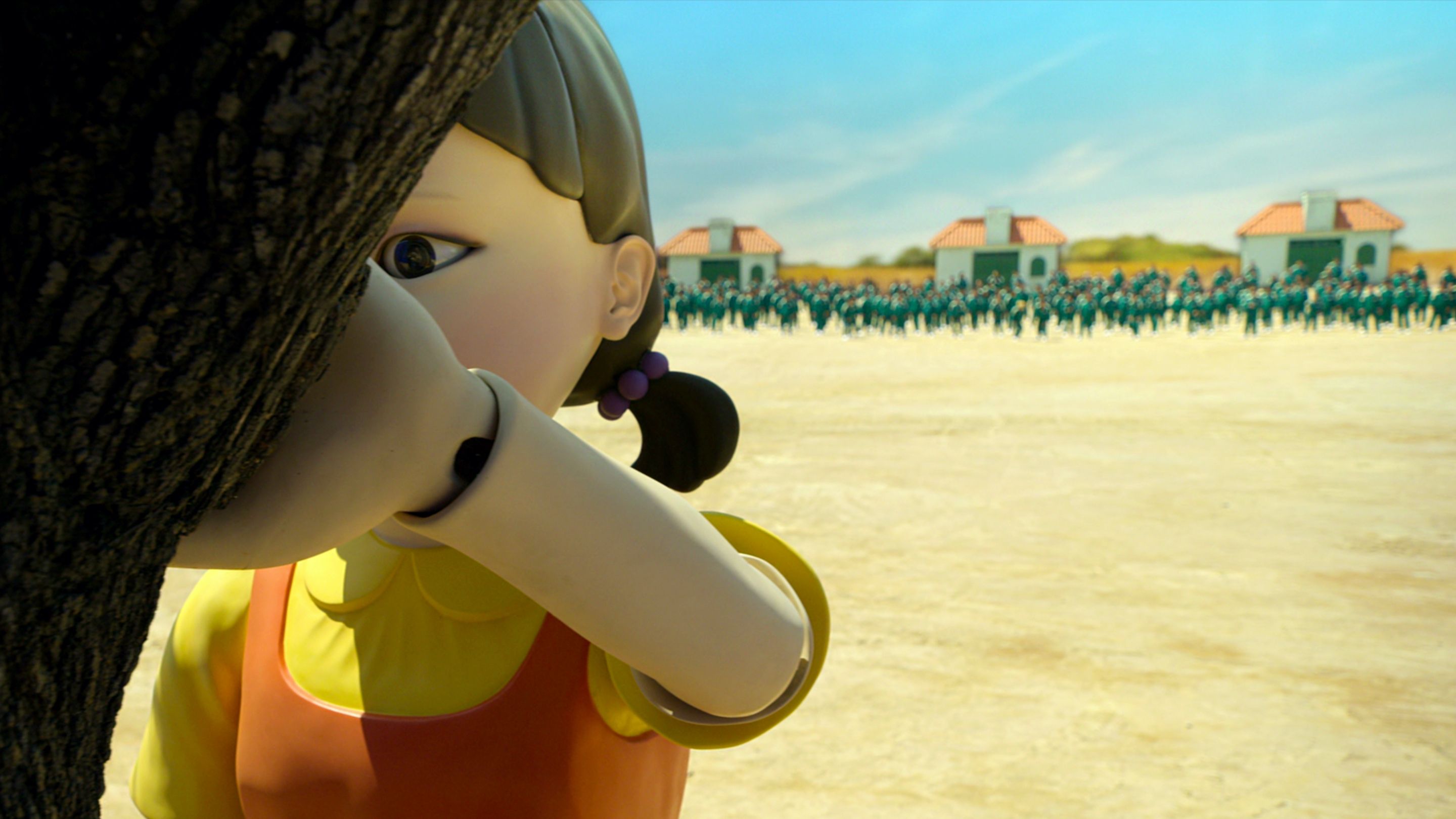
The Korean version of "Red Light, Green Light" has the same basic rules as what you may have played as a kid, where the runners have to freeze to keep from being caught during a red light. However, instead of just saying, "red light" and "green light" at random times, the tagger turns their back and sings the phrase that matches the game's Korean name (무궁화 꽃이 피었습니다). At that point the players can run, and they have to stop before the tagger finishes the phrase and turns around.
The Korean name directly translates to "the mugunghwa flower has bloomed." Mugunghwa is South Korea's national flower, known as the rose of Sharon in English. Though the phrase itself never changes, players can make the game more difficult by changing the speed of the song, such as saying the end of the phrase very fast.
Round 2: Honeycomb/Ppopgi
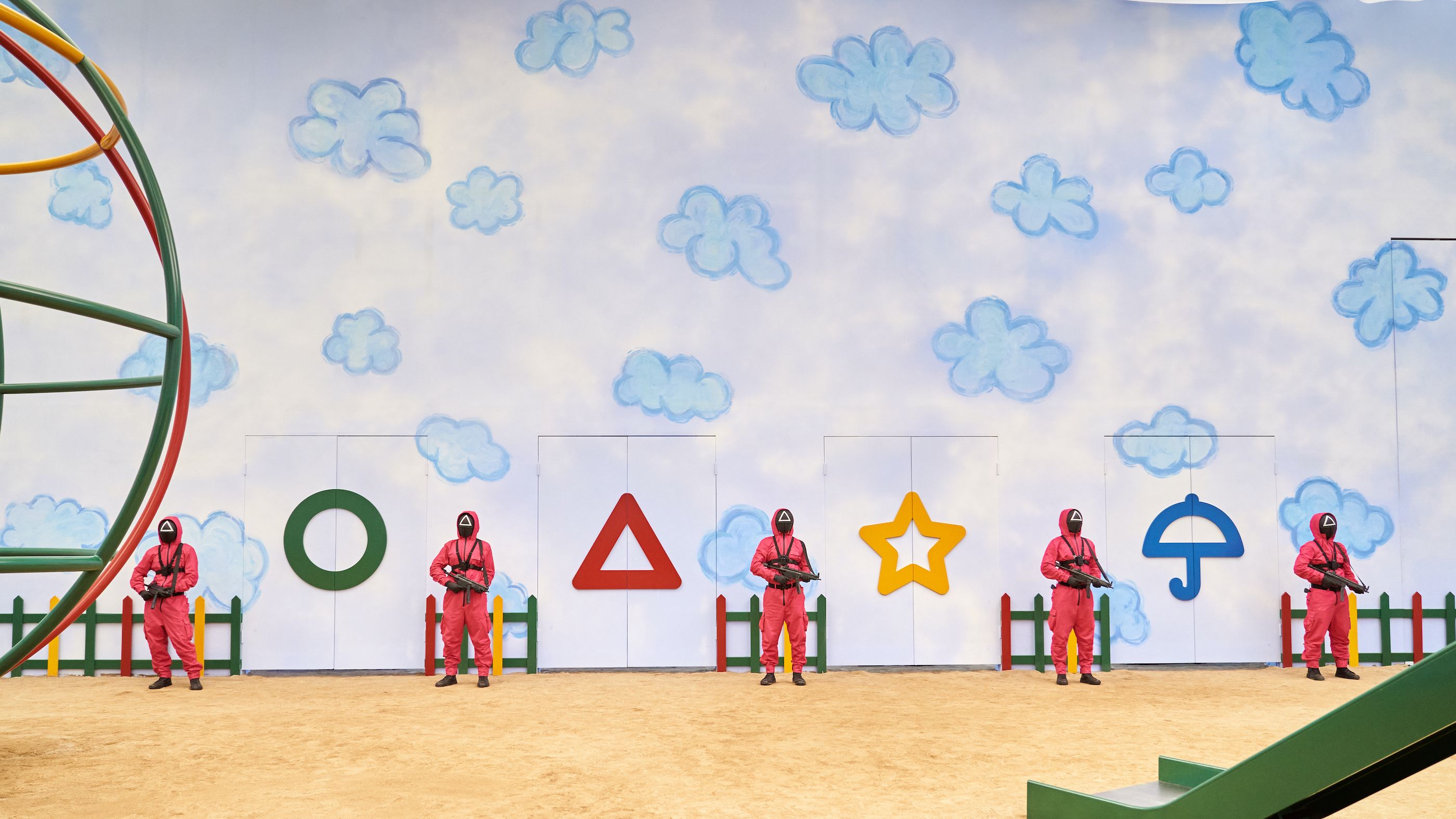
Translated as "honeycomb" by Netflix, the second game involves cutting stamped shapes out from a sugar honeycomb candy called ppopgi, also known as dalgona (last year's trendy coffee drink is named after the candy. The treat itself is made by melting any type of sugar, adding baking soda or powder as it cools, and pressing the mixture into a disc, followed by a stamp of any cookie-cutter shape you want.
As the flashback in Episode 3 showed, children buy these sweets from street vendors, who provided a small needle that kids would use to pluck out the candy. (Ppopgi directly translates as "to pluck.") Some vendors even exchange cleanly removed shapes for small toy prizes. A warning, the task is apparently as difficult in real life as it looks on the show.
Get exclusive access to fashion and beauty trends, hot-off-the-press celebrity news, and more.
Round 3: Tug of War
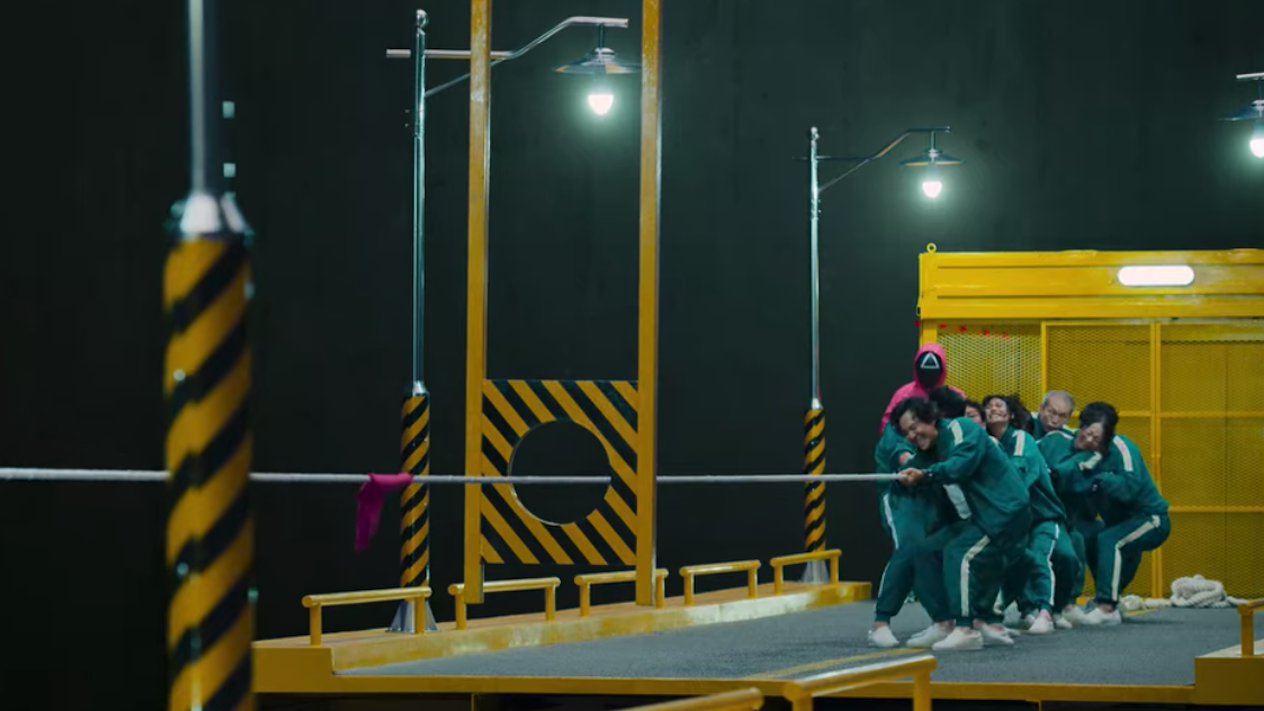
Of all of the games in Squid Game, tug of war is the most similar across Korean, U.S. and other international versions. Of course, usually you aren't chained to the rope or playing over an open platform. Known as juldarigi, or rope pulling, the game has been a popular festival game since ancient Korea, when it was played during the lunar festival. Still played at festivals today, and it's said the winning team ensures a bountiful harvest for their village.
Round 4: Marbles

In the fourth round of the Game, teams of two are given two sets of 10 marbles and told to play in any way they choose. The only rules are that the winner must win all of the marbles without using violence. The real-life angle comes from the marbles themselves, which are used around the world. Though no one knows where marbles originated, the earliest versions, stones smoothed in a river or by human force, have been found in the tombs of ancient Egyptians and they were played with by Native American tribes.
Also, if you haven't checked out competitive marble racing on YouTube, it's definitely worth a look.
Round 5: Glass Stepping Stones
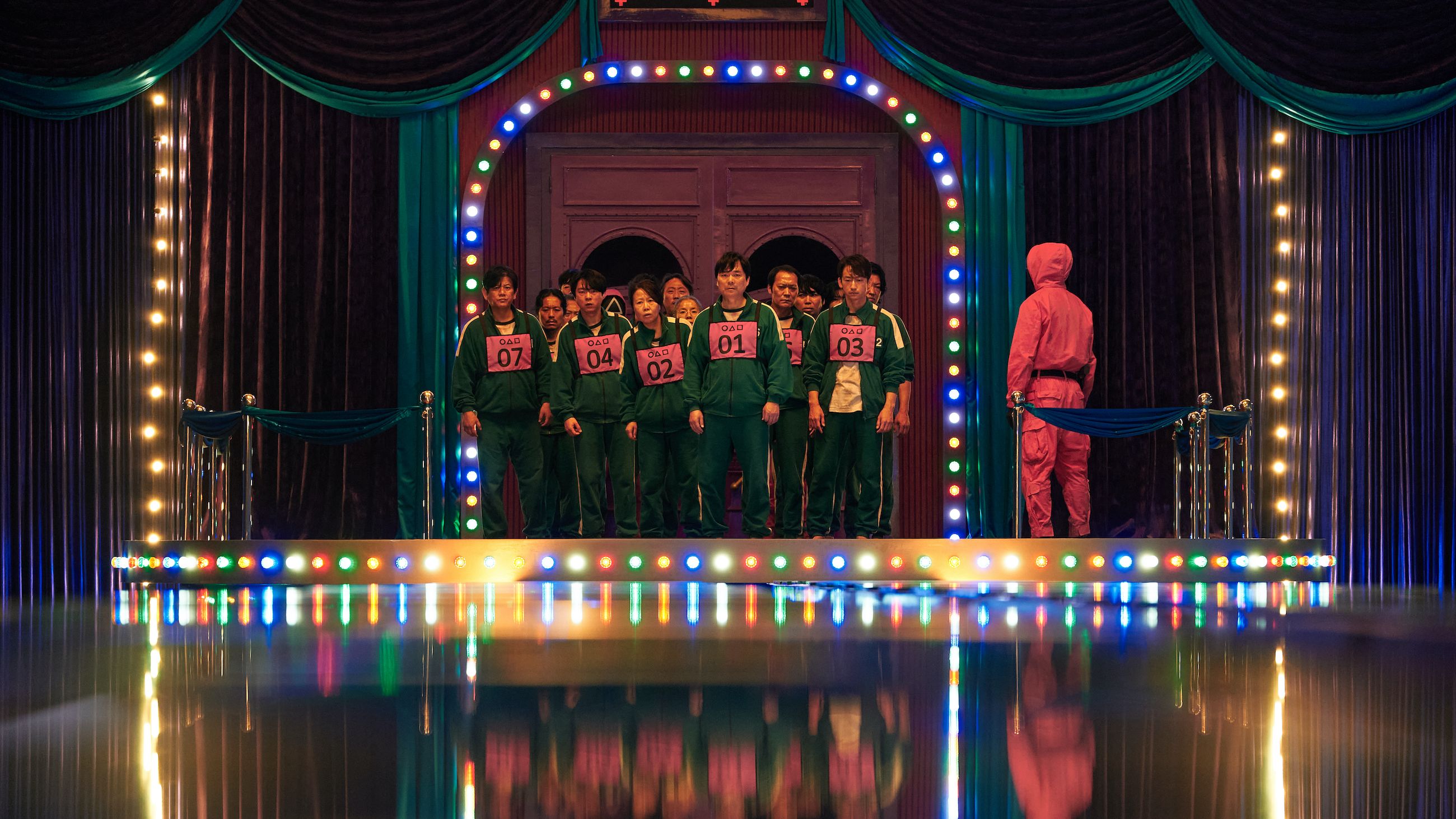
The glass bridge game appears to be inspired by balance games like hopscotch, but there's no real life equivalent (luckily). Players had to hop across a suspended bridge lined with panels of either normal or tempered glass. Choose the normal glass, and it shatters and falls. As for the player who could tell the difference, you really can tell when glass is tempered by looking for imperfections on its surface, like distortions or slight bending.
Final Round: Squid Game
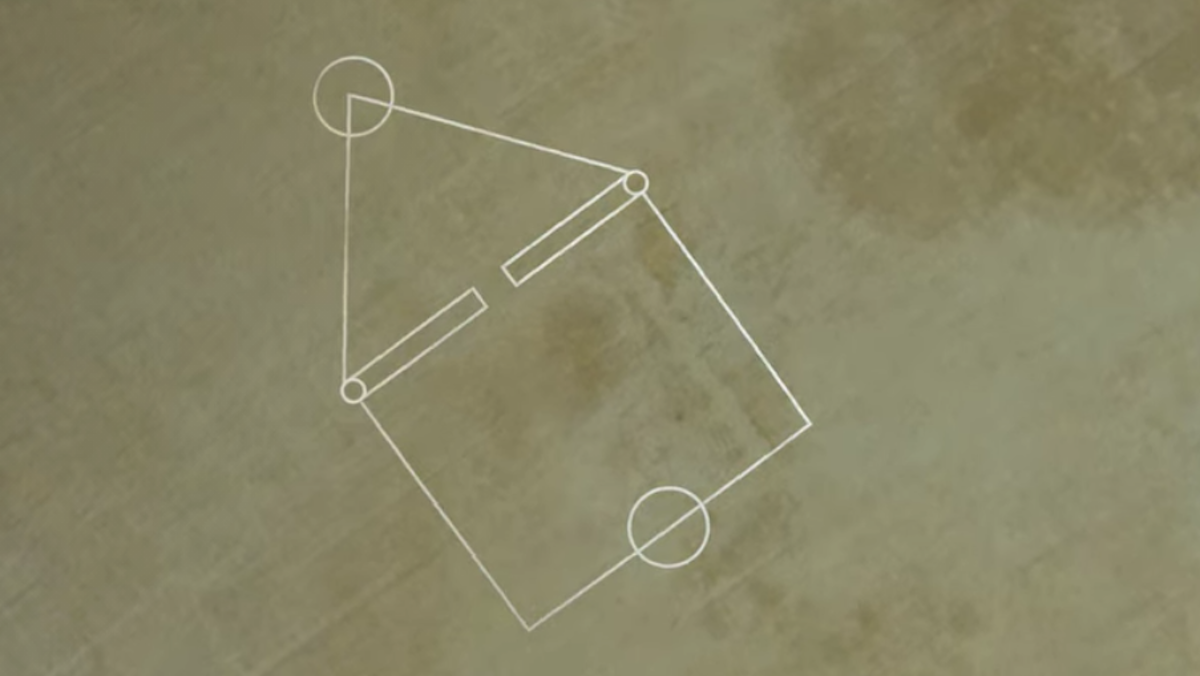
The show's titular game, a version of tag with attackers and defenders, was mostly played in South Korea in the '70s and '80s. Its name comes from the squid-liked playing field, a square with a triangle on top, with a "waist" of two rectangles at the center and circles at the top and bottom. The goal is for a member of the offense team to tap the circle, or "squid's head," at the top of the field with their foot, with the defense trying to stop them.
As Gi-hun describes in the show's opening scene, "Once the game starts, the defense can run around on two feet within bounds, while the offense outside the line is only allowed to hop on one foot. But if an attacker cuts through the waist of the squid outpacing the defense, he or she is given the freedom to walk freely on two feet. For whatever reason, we called that the secret inspector."
"After preparing for the final battle, the attackers gather at the entrance of the squid. In order to win, the attackers must tap the small closed-off space on the squid's head with their foot. If the defender pushes you out of the squid's line, you die. That's right. You die. Once you take the winning tap, you yell out, "Hurray." And, in that moment, I felt as if I owned the entire world," he continued.
Squid Game writer Hwang Dong-hyuk played the game himself as a kid, and the show describes it as violent, where the defense can do whatever's necessary, including pushing and pulling, to keep the offense from winning. Though of course, no one dies when playing the game in real life.
Related Story
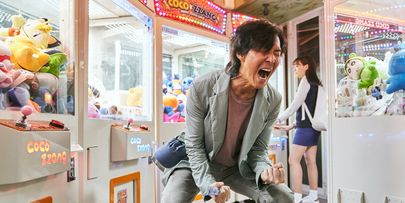
Quinci LeGardye is a Culture Writer at Marie Claire. She currently lives in her hometown of Los Angeles after periods living in NYC and Albuquerque, where she earned a Bachelor’s degree in English and Psychology from The University of New Mexico. In 2021, she joined Marie Claire as a contributor, becoming a full-time writer for the brand in 2024. She contributes day-to-day-content covering television, movies, books, and pop culture in general. She has also written features, profiles, recaps, personal essays, and cultural criticism for outlets including Harper’s Bazaar, Elle, HuffPost, Teen Vogue, Vulture, The A.V. Club, Catapult, and others. When she isn't writing or checking Twitter way too often, you can find her watching the latest K-drama, or giving a concert performance in her car.